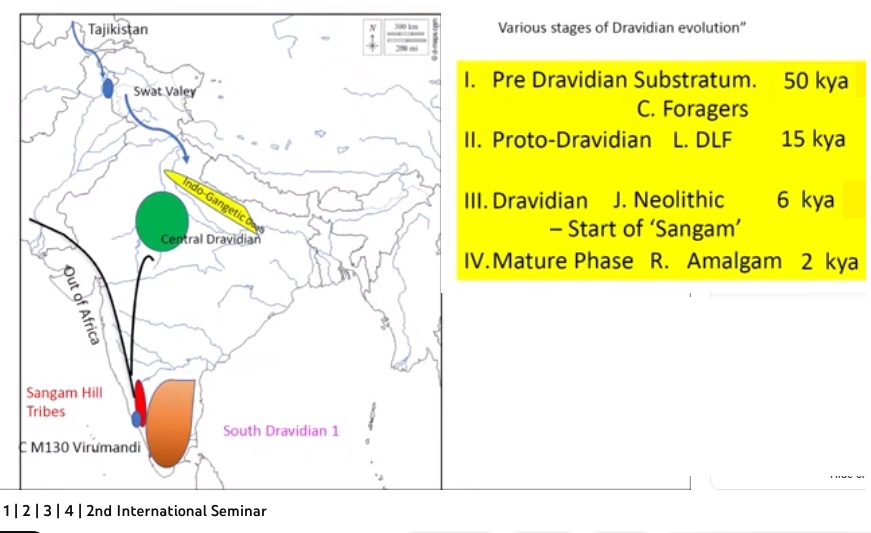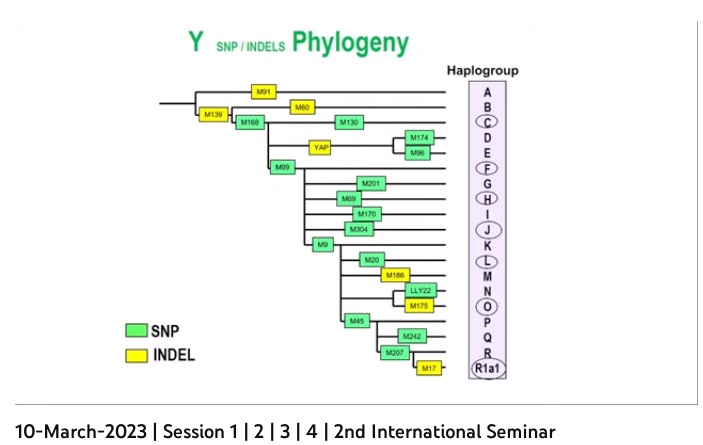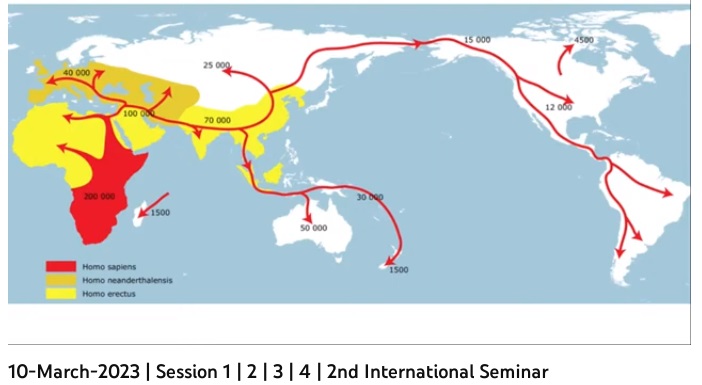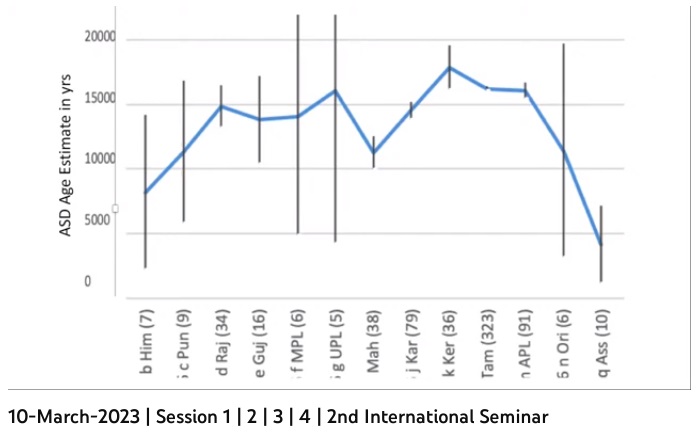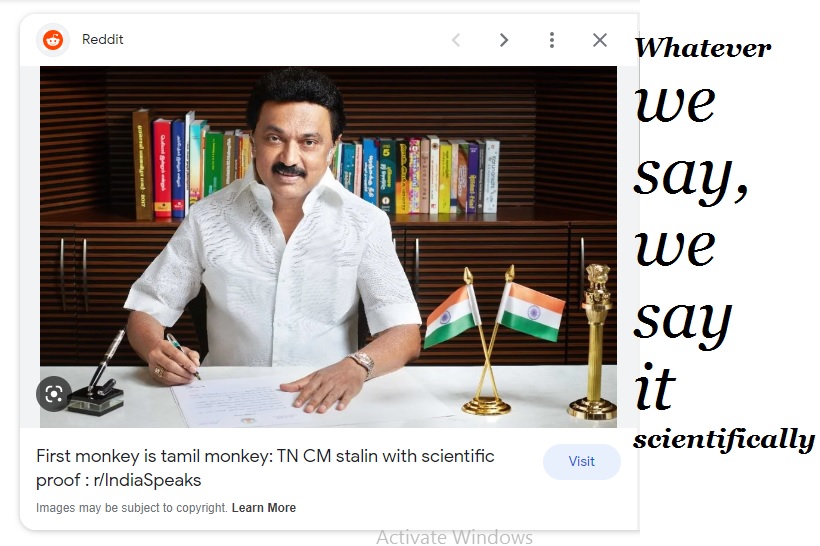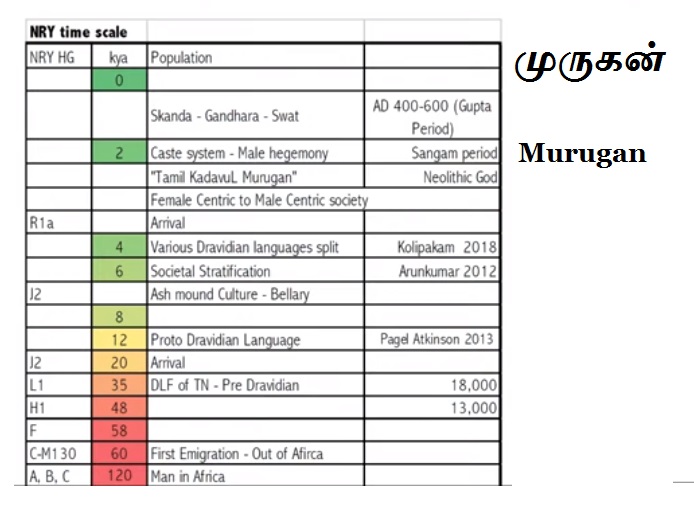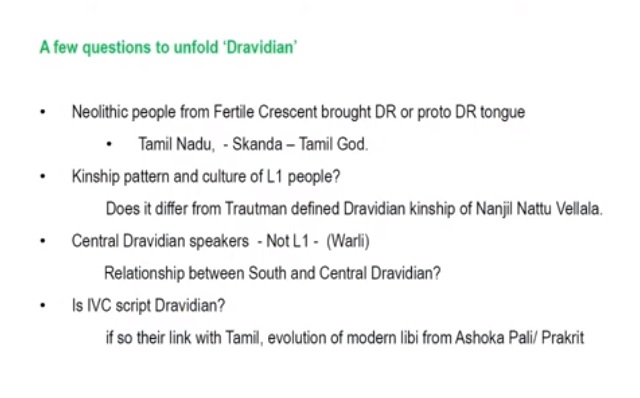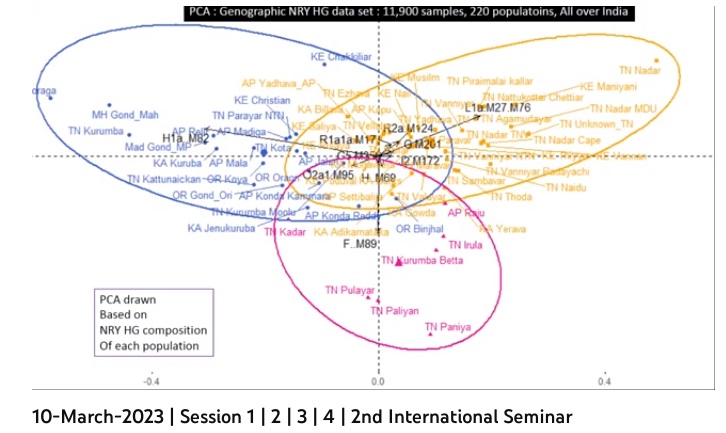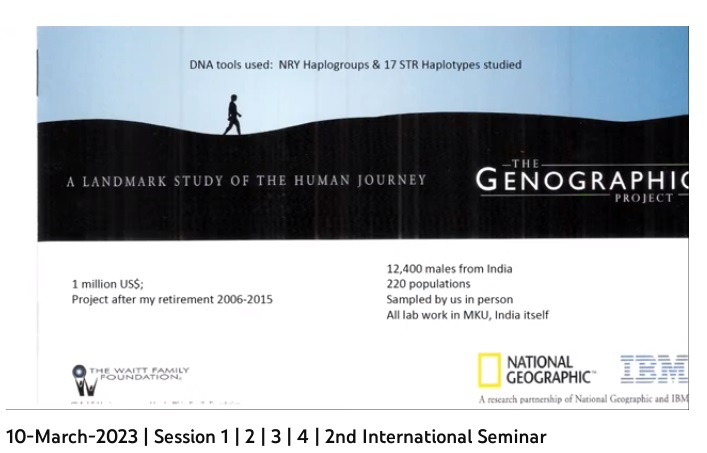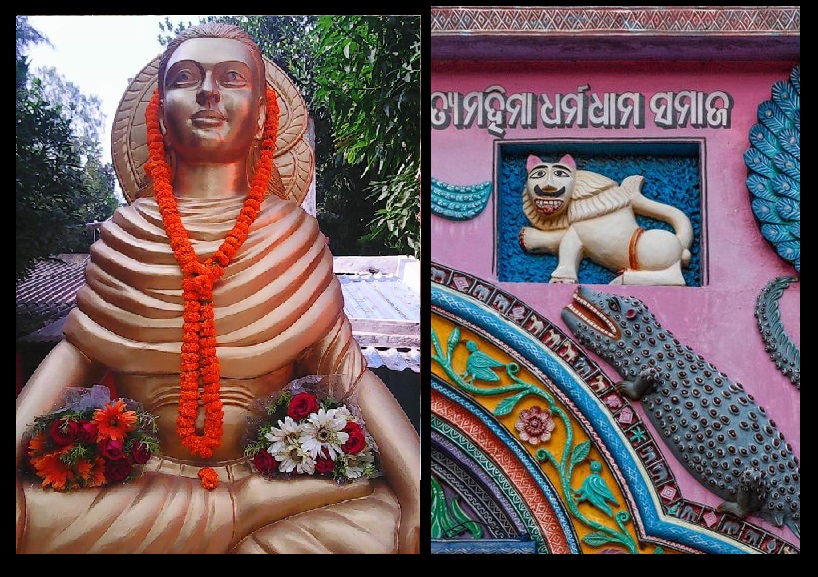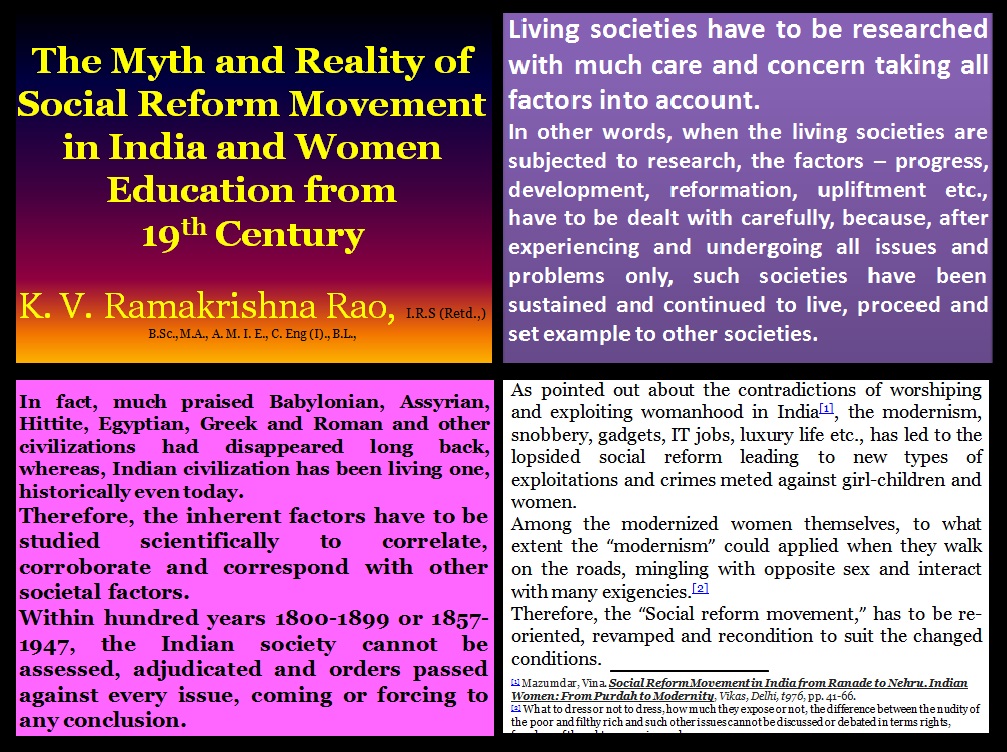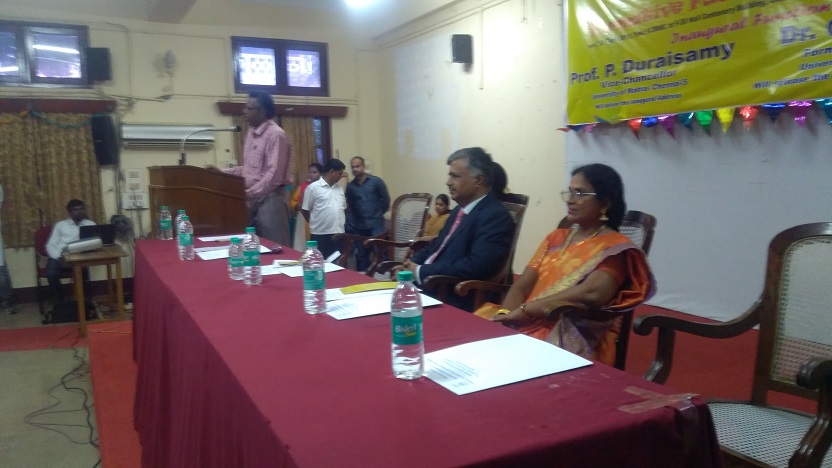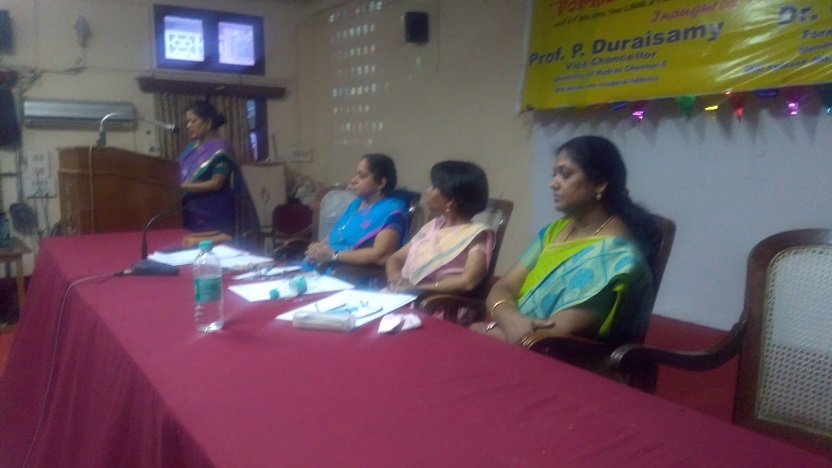Peace Congress 2023 – “Conflict analysis and conflict resolution” conducted at state level conference held on September 19th 2023

the “Peace Congress” held at WCC

Peace Conference in Chennai at WCC: The Women Christian College (WCC) conducted a Peace Congress 2023 on 19th September, 2023 at their college campus. It was organized by the department of Advanced Zoology and Biotechnology and sponsored by the United Board for Christian Higher Education in India (UBCHEA). It was about “Conflict analysis and conflict resolution” conducted at state level. UBCHEA claims that it, “is committed to education that develops the whole person – intellectually, spiritually, and ethically. They claim[1] that the draw strength from our Christian identity and values and our collaboration with Asian colleges and universities. Together we prepare individuals for lives of professional and personal fulfillment and meaningful service in community with others. The United Board is a nongovernmental organization. We are registered as a tax-exempt, nonprofit organization in the United States and as a public charity in Hong Kong”. They have Chennai Consultancy Office within the WCC campus[2].

the program of conference…..

21-09-2023 – International peace Day[3]: Each year the International Day of Peace (IDP) is observed around the world on 21 September. The UN General Assembly has declared this as a day devoted to strengthening the ideals of peace, through observing 24 hours of non-violence and cease-fire. Never has our world needed peace more. This year’s – 2023 – theme is Actions for Peace: Our Ambition for the #GlobalGoals. It is a call to action that recognizes our individual and collective responsibility to foster peace. Fostering peace contributes to the realization of the Sustainable Development Goals (SDGs) and achieving the Sustainable Development Goals will create a culture of peace for all. Perhaps, coinciding with that day, the organizers might have decided to conduct such programmes. 2023 marks the mid-point in implementing the Sustainable Development Goals. The 2023 observance of the International Day of Peace coincides with the SDG summit (18 – 19 September) to mark the mid-point milestone. The SDGs aim to bring us closer to having more peaceful, just, and inclusive societies, free from fear and violence. But without the buy-in and contribution of a wide range of actors including the 1.2 billion young people alive, the goals will not be achieved.

Invited speakers – Dr Mallika Joseph….

Mallika Joseph presenting her paper…………………..

Rev John Prasad…………..

John Prasad presenting his paper……………………………………..

Karthikeyan presenting his paper………………

Varieties of programmes in one day: It is evident that the programmes had been mainly targeted students. In one day congress, they had –
- Paper presentation (students)
- Paper presentation (staff)
- Mime
- Role play
However, as they had sent circulars to perhaps all Universities and colleges, perhaps, “staff” also participated. No list of papers, and other details were given to the paper presenters. As they (the events) were held simultaneously at different places, all could not attend the programmes taken place.

History of UBCHEA[4]: Founded in 1922, the United Board’s work in its first three decades focused on 13 Christian colleges and universities in China: Fukien Christian University, Ginling College, Hangchow University, Huachung University, Hwa Nan College, Lingnan University, Nanking University, St. John’s University, University of Shanghai, Shantung Christian University, Soochow University, West China Union University, and Yenching University. The United Board took its name from the union of the governing boards of these institutions, which recognized the benefits of combining their efforts to create and sustain higher education institutions. United Board support came in the form of raising funds and coordinating their use to support capital construction, library collections, student scholarships and other critical educational functions, including sponsoring visiting American faculty and staff. The United Board suspended its work in China in 1951 and shifted its efforts to other places, becoming the largest single source of funding support of Tunghai University in Taiwan and providing major support to Chung Chi College in Hong Kong in its early years. Elsewhere in Asia, the United Board provided critical assistance to International Christian University in Japan, Yonsei University in Korea, and Silliman University in the Philippines. Later decades brought expansion of the United Board’s work to additional institutions in Cambodia, Hong Kong, India, Indonesia, Japan, Korea, Laos, Macau, Malaysia, Myanmar, Taiwan, Thailand, Timor-Leste, and Vietnam. The United Board was formally invited to return to mainland China in 1980, and has provided extensive support there for faculty development, new academic disciplines, and programs to improve teaching and learning. Today our network continues to thrive and grow. In recent years, we have worked with more than 80 institutions of higher education, from 15 countries and regions, providing scholarships, fellowships, training, professional development, project grants, and general support to promote whole person education in Asia.

Invited speakers speak: Dr Mallika Joseph, Rev Dr John Prasad and Dr T. C. Karthikeyan talked from 10.00 am to 1.00 pm and there was no discussion. Though Mallika raised some questions, there was no discussion and she did not answer also. When John Prasad started his topic on “Science to hurt, Science to heal,” the power went off. Perhaps conflict started in the deliberations. The speeches appeared to have addressed students and they carried on their discourses. Particularly, the last speaker Karthikeyan took about one hour and went on to explain all his slides. Even after finishing his speech, there was no rapporteur or sectional head. Perhaps, he could utilize the time to exhaust. Though, they delved upon – positive peace and negative peace theoretically, they could not come to any practical solution. Their expressions used – positive peace and negative peace have been intriguing. Then, one may think about neutral peace, zero peace, peaceful peace, peaceless peace and so on with verbose.
Conflict resolution is required or solution for peace?: When people are getting affected, then, definitely solution has to be given immediately. The root cause of malice that affects peace has to be recognized and eradicated straight away. It is not managing conflict, as such condition naturally allows conflict and then, resolution is sought to control and contain. Why the Sri Lankan issue was given importance now, is not known. In the case of Sri Lanka conflict, Tamils, Buddhists, Muslims, Christians” were mentioned repeatedly by the speakers, but, how and why certain people groups is identified with languages, whereas, other with religion is not known. It is well-known that all Tamil-speaking people are identified by their religion as mentioned or all Sri Lankan Buddhists, Muslims, Christians may not be speaking Tamil or speaking other languages also. Particularly, when their speeches are addressed to students, the speakers should not feed or thrust their ideas on them. Therefore, such bias would in fact create conflict among the researchers. The importance given to “Manipur incidence” has also been intriguing. Every speaker seems to mention it one way or the other, though, all the issues connected with it were not analyzed, discussed or debated. About the emphasis given to LTTE, Sri Lanka issue, etc., already pointed out.

from Stella Maris College…

Paper presentation – staff
Paper presentation (staff): As no list of papers to be presented was given, one had to follow what was presented. There were only six paper presenters and time given was five minutes each and some discussion allowed. Rev Dr John Prasad presided over. Ironically, the first paper presenter went away after presenting paper. This is just like what has been going on in other seminars, conferences and workshops. So just imagine the position of the last paper presenter, he / she and the sectional head would be there with empty chairs. As no details were given, the papers presented were in the following order:
- Assistant Professor from …..Stella Maris College.
- J. Soundararajan HOD, Ancient History and Archaeology, University of Madras.
- K. V. Ramakrishna Rao, Guest Faculty, Ancient History and Archaeology, University of Madras.
- Assistant Professor from Fatima College, Madurai.
- Assistant Professor from Fatima College, Madurai.
- Thanga Rajesh, Asst.Prof, Defence & Strategic Studies Guru Nanak College. …
Based on Tamil novels, social media and other such sources, they started presenting papers, particularly from Fatima college. The paper, “A Critical Study of Conflict analysis and conflict resolution,” was presented jointly by J. Soundararajan and K. V. Ramakrishna Rao and I presented my paper, “Afflicting issues, Inflicting problems and Conflicting zones.”

from Fatima College, Madurai……

Last paper presenter………
Students’ paper presentation: It was held at a different place. As there was no PPT provision, they were asked to present their papers.

Valedictory function: Dr Bernard D’ Sami, Dr. Bernard D’ Sami served as an Associate Professor in History and former Head of the Department of History at Loyola College, Chennai. He recently concluded his tenure as Dean of the School of Excellence (SHE) and is the Senior Fellow at LISSTAR (Loyola Institute of Social Science Training and Research) at Loyola College, Chennai. The other rituals were carried on as per their schedule.
© K. V. Ramakrishna Rao
20-09-2023.
[1] UBCHEA, https://unitedboard.org/about-us/about-united-board/mission-vision/ In the brochure, a brief about UBCHEA has been given.
[2] UBCHEA, Chennai Consultancy Office, Riverlands Hostel Building, Women’s Christian College, 51, College Road, Nungampakam, Chennai – 600 006, India, Phone: (91)44-29819718
[3] 2023 Theme -Actions for peace: Our ambition for the #GlobalGoals; https://www.un.org/en/observances/international-day-peace
[4] In the brochure, a brief about UBCHEA has been given.
Filed under: A case for India, agnostic, agony, ahimsa, anthropology, anti-india, anti-indian, arms, arms struggle, bias, blind-belief, buddha, character, chemical, columnist, compassion, conduct, conference, conflict, conflict analysis, conflict resolution, constitution, country, historian politician, historical politician, historicity, historiography, historiosophy, history, history curriculum, history ideology, history usage, history useful, history useless, peace, UBCHEA, women christian college, zero | Tagged: historian, historical, historical politician, historicity, historiography, history, history congress, history curriculum, history job, history politician, non-violence, peace, peace analysis, peace resolution, peace study, sectarian violence, UBCHEA, violence, WCC, women christian college | 2 Comments »



